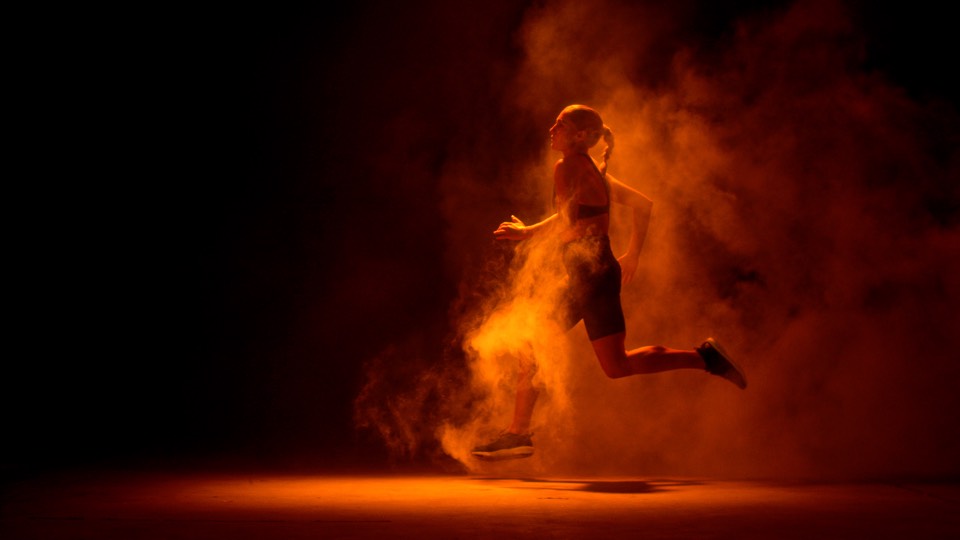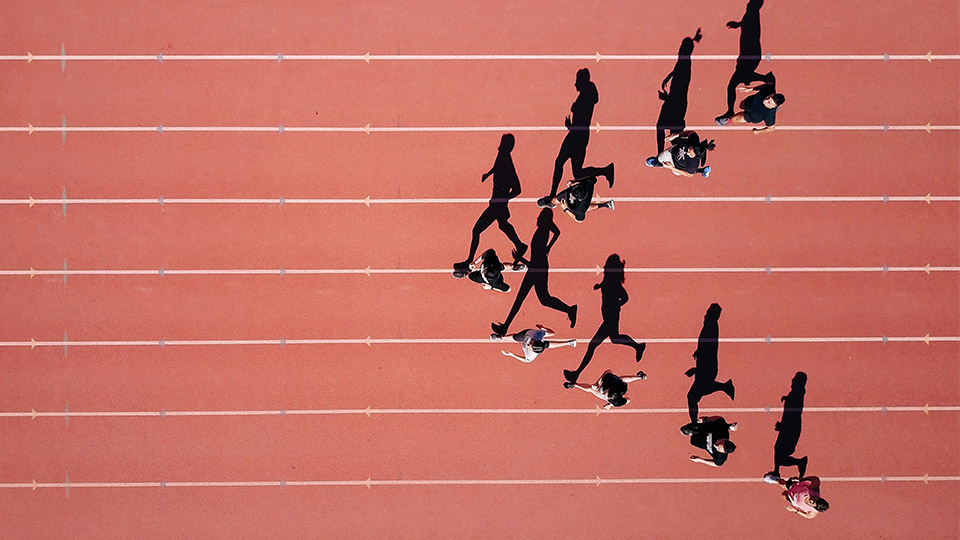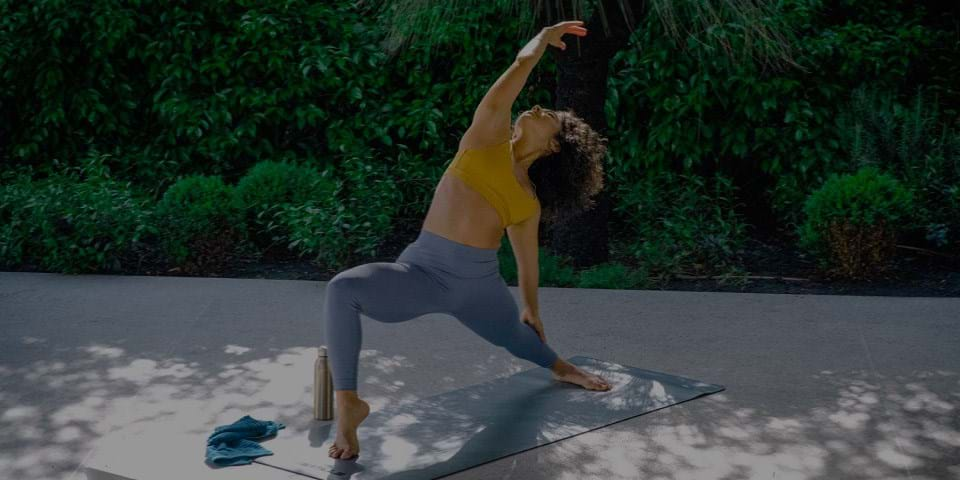Running is undoubtedly one of the most popular forms of exercise, with an estimated 621 million people including running in their weekly training routines. Since the pandemic struck, the use of running apps and the frequency of tracked runs has surged. The popular running app Strava has reported one million new users each month. If anything, running is gaining popularity.
Yet running receives a large amount of criticism. A common objection (usually from people who don’t like to run) is that it wears out your joints. Is that true?
The short answer is no – cobwebs are far more damaging to your knees than concrete – and if we focus on the joint itself, we’ll soon see why.
When people think of joints “wearing out” they are most likely describing the onset of osteoarthritis.
Osteoarthritis is a specific series of changes in a joint that become more prevalent as we age. Doctors identify these changes as a loss of cartilage (the smooth, glossy surface you see at the ends of the bone in a drumstick) and inflammation in the joint. These changes can result in pain, which can be quite severe when we’re active. With this in mind, it would make sense that jarring joints repetitively during exercise sessions, like running, would increase these degenerative processes – but that’s where the science disagrees.
The first piece of evidence comes from the fact that as we have become more and more sedentary, rates of osteoarthritis are increasing. Between the preindustrial era (up until the mid-18th century) and postindustrial times (from about 1945 onwards), people became increasingly inactive as sedentary lifestyles became the norm. Yet studies of the knees of skeletons in preindustrial times show less prevalence of osteoarthritis than the knees of skeletons in postindustrial times. If excessive use increases joint degeneration and increases inflammation – how could a more sedentary era see an increase of osteoarthritis?
The second piece of evidence comes from a two-decade long study of runners and non-runners. The study, which tracked long-distance runners and non-runners aged 50 and over, showed no difference in osteoarthritis prevalence as evident on X-rays.
However, there is a caveat to this. Sustaining an injury while running that disrupts the ligaments and/or the meniscus (the fibrous cartilage) in the knee can increase the likelihood of getting osteoarthritis in the future. This is different, however, to the loads and impacts sustained during normal running.
The scientific evidence indicates that running does not wear out your joints, but actually helps prevent osteoarthritis.
How running benefits your joints
- Joint nutrition. Nutrients are delivered to cartilage through repeated compression of joint surfaces. Therefore, being active – doing activities such as running – can enhance the health of cartilage.
- Weight control. Obesity is one of the most common causes of excess joint loading. Exercise is a great way to control weight and therefore give your joints respite from enduring excessive loads during everyday activities.
- Reduced inflammation. The onset of osteoarthritis is associated with inflammatory processes within the affected joint. Exercise has been shown to reduce ongoing inflammation that can increase as we age.
- Muscle strength. Muscles support and help protect our joints. Therefore, maintaining muscle bulk through being active helps prevent the chances of deterioration.
Daniel Lieberman, an evolutionary biologist at Harvard, considers the increased prevalence of osteoarthritis an evolutionary mismatch – meaning the way we use our joints today doesn’t match the way they are designed. It’s clear sedentary lifestyles, obesity, and chronic inflammation are the big contributors to conditions like osteoarthritis – not running. So, let’s give runners a well-earned break.
Keen to make running really work for you?
THE WORKOUT THAT WILL HELP YOU RUN FASTER

If you want to pick up your running pace, focusing on a specific type of integrated core training – not spending more minutes pounding the pavement or tackling the treadmill – could be key to achieving quicker run times and improving running symmetry
IS THIS WHERE YOUR RUNNING IS GOING WRONG?

“Runners have a pretty high incidence of injury,” says Dr Jinger Gottschall, Associate Professor of Kinesiology at Penn State and long-time running enthusiast. “And many of these injuries have a lot to do with not properly addressing muscular imbalance.”
Are you dealing with asymmetry?
If you’re keen to integrate a variety of training to improve your running, check out our integrated training guides for runners.








